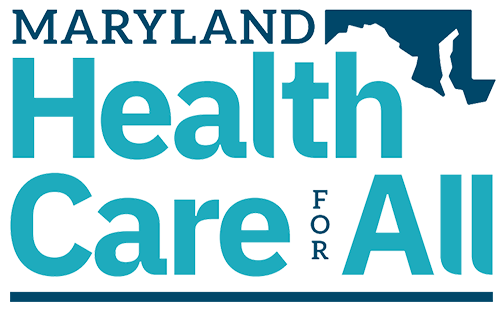From The Washington Post
By Editorial Board
March 1, 2019
As the Trump administration has torn holes in the Affordable Care Act, Maryland and a handful of other states have repaired the policy fabric within their borders — and achieved stability in their individual health-care markets. With tangible success in hand, the state’s General Assembly should now double down.
Maryland lawmakers last year designed a “reinsurance” program to help restrain the risk in health-care insurance premiums. Gov. Larry Hogan (R) got a federal waiver to make it happen. The policy is largely credited with cutting premiums in a year when they otherwise might have spiked.
The program guarantees insurers help if their customers’ medical claims are very high, throwing off their tenuous financial balance between premium income and health-care payouts. With the state’s reinsurance plan, insurance companies can be more confident about the financial risks they face and build in less of a cushion for the unknown in the premiums they charge. The state funded the plan, which runs through 2020, with a 2.75 percent fee on insurers — equaling the amount of money they saved from the 2017 federal tax cut law — an easy trade for stability and certainty.
Maryland’s success mirrors that of New Jersey, which also has seen premium declines this year. Maryland’s neighbor to the northeast created a reinsurance program and imposed a mandate that all state residents carry insurance or pay a fine. If the latter policy sounds familiar, that is because it used to exist on the federal level — until Republicans in Congress killed it. Beyond reinsurance, a rational state response is to reimpose it within state borders.
Maryland lawmakers considered doing so last year but stopped short. They should try again. An innovative plan from Del. Joseline A. Peña-Melnyk (D-Prince George’s) and Sen. Brian J. Feldman (D-Montgomery) would resuscitate the mandate in Maryland — but with a clever twist. Uninsured Marylanders who are charged mandate fines would have the option of putting that money toward buying health-care coverage — a health-care “down payment” — rather than simply surrendering it to the state. Advocates estimate that some 78,000 people could cover their entire yearly health premium bill this way, with the help of federal premium subsidies. Tens of thousands more are eligible for free Medicaid enrollment. As with any insurance market, getting more people paying into the system helps insurers spread the risk of high health-care costs, keeping the average costs lower for everyone.
Mr. Hogan prides himself on his no-nonsense independent streak. The health-care down payment proposal is good health-care economics and is less punitive toward individuals than the federal mandate was. The governor should ensure that the state’s reinsurance program continues past its expiration date and push for the down payment plan.



